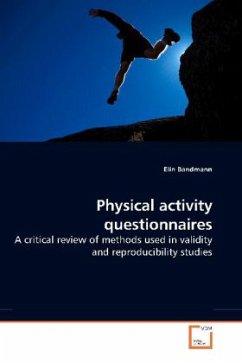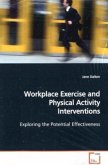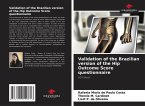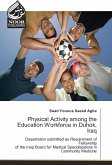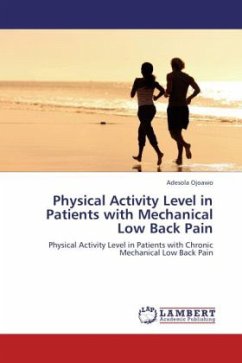The most common and easiest method to assess physical activity on large populations has so far been a subjective measure; self-administered or interview based questionnaires. Questionnaires are both economical and sufficient for large groups. Physical activity is however complex to assess. It consists of several components and dimensions, and occurs in many different arenas. How are physical activity questionnaires formed, and how reproducible and valid are they? They contribute to the forming of physical activity recommendations, but by which methods are their validity and reliability evaluated? The aim of this review is to investigate this subject.
Bitte wählen Sie Ihr Anliegen aus.
Rechnungen
Retourenschein anfordern
Bestellstatus
Storno

